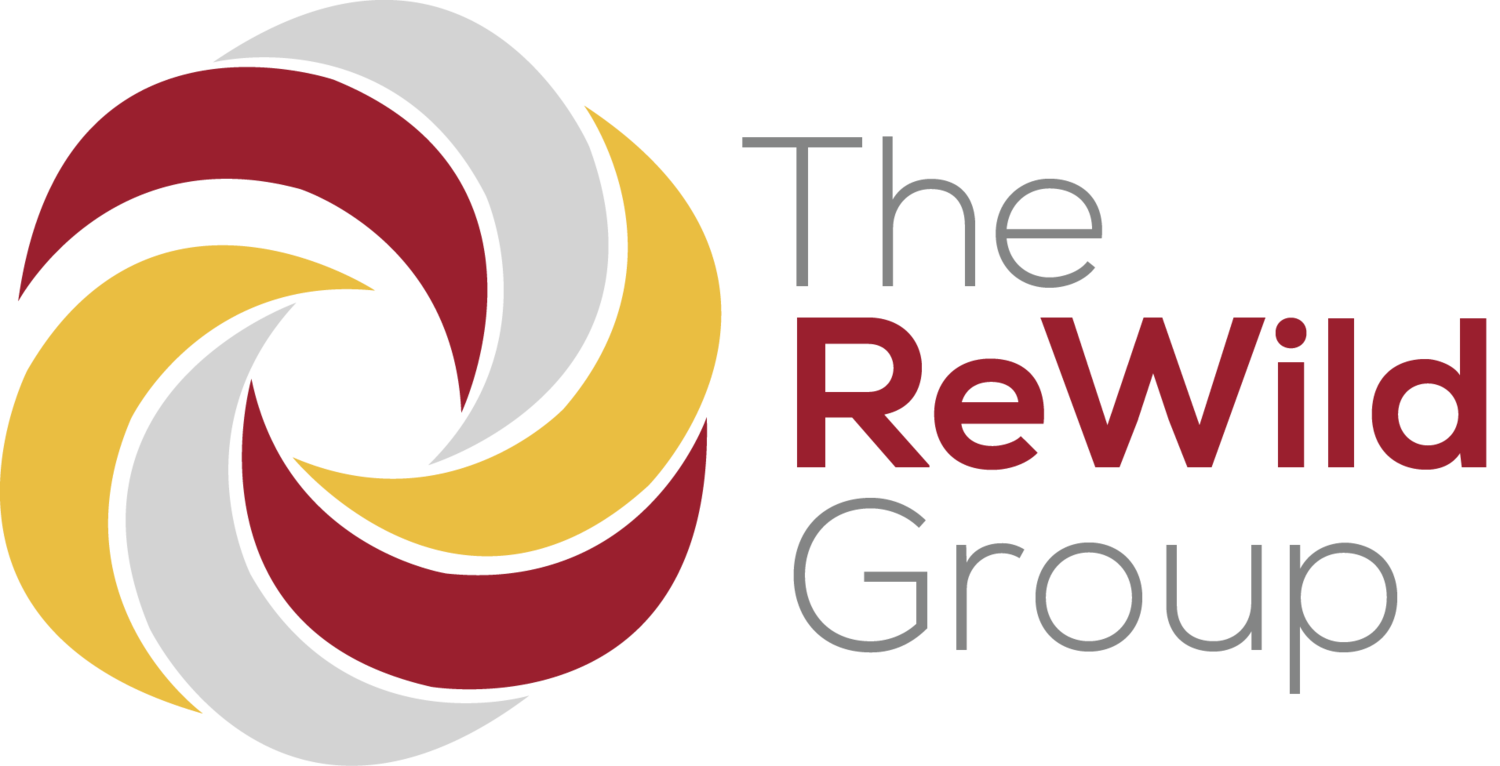
Program Activities
Real-time Activities. Real-life Application.
Each session includes activities that allow participants to apply the concepts they are learning directly to their business or department. Not only does timely application reinforce the concepts to bolster long-term retention of the principles, it also brings immediate benefits to the company. Participants don’t have to wait until the end of the program to see results.
The three main segments of an EMP session are Ownership Thinking, Management Skills, and Tools. Each segment has an activity that spans a variety of individual, small group, departmental, and company-wide topics.
Ownership Thinking
Through the Ownership Thinking activities, participants learn how to approach the business with the mindset of an owner rather than an employee. The topics include big-picture strategy and encourage critical thinking. Participants expand their understanding of the business and transform their siloed, departmental perspective to seeing how each piece fits into the larger company structure. The management team develops shared language that improves communication going forward.
Ownership Thinking Activity Example
The Revenue Groups/Circles topic is an example of an Ownership Thinking activity. Prior to the session where this topic is introduced, participants watch a brief video that explains the key principles. During the session, the Certified Adviser who is leading the EMP will walk everyone through an activity in which the group brainstorms Revenue Groups (the major revenue streams for the company), evaluates how each group fits into the three Revenue Circles (Core, Adjacent, Edge), and then lays out the ideal staffing structure needed to fulfill them. By the end of the activity, participants have clarity about the business's offerings, new ideas on opportunities to increase revenue, and principles by which to evaluate how Operations are organized.
Management Skills Activities
Through the Management Skills activities, participants get the opportunity to put into practice the foundational skills they are learning that relate to each of the four quadrants of the Management Wheel: Self, Staff, Work, and Workplace. As with the other segment activities, video content is watched by participants prior to the working session to learn the key principles, allowing time spent as a group to be focused on applying the concepts.
‘Management Skill Activity Example
One of the Management Skills participants learn during the “Manage the Staff” quadrant is Supervision, which is defined as the act of overseeing others doing the work. (This skill is later contrasted with Coaching, which serves a different function.) Participants are introduced to the idea of setting workplace standards through Climate—the prevailing attitudes and standards in a group. The Climate in a company can be intentionally shaped by being intentional about what you Expect, Support, and Reward. The group completes a worksheet in which they break down the Climate of their workplace by identifying how expectations are set, what support is offered, and how they are rewarded. This eye-opening exercise gives participants a new perspective on how expectations may or may not be communicated and how to positively reinforce the behavior they want to encourage.
Management Tools Activities
Management Tools provide enduring structures that are not dependent on any individual manager and create consistency throughout the organization. In addition to video content that teaches the key principles behind each tool, participants receive copies of the tools to use going forward (e.g., PDF templates, PowerPoint diagrams, spreadsheets).
‘Management Tools Activity Example
The Position Role Sheet activity is used to define the work assigned to each Position in a department. Armed with foundational principles from the video content and reinforcement from the Certified Adviser, participants first brainstorm the tasks that fall under the purview of a position; next, the tasks are broken down into Roles and assigned percentages so there is a clear understanding of how much time should be allocated to each one. The result is greater clarity on what work is assigned to each Position, as well as the title of the Position.
By practicing this activity together, participants are equipped to implement this critical tool within their department. Just as important is the fact that everyone understands the concept and has the same language to approach organizational structure moving forward.
The learning process continues between sessions as participants use the concepts in their everyday work environment, reporting back to the rest of the team in the following session to create an accountability loop.
Each tool activity is designed to allow participants to use the tools in their department. Each tool implemented throughout the program provides a structure that brings consistency and greater resilience throughout the company.
